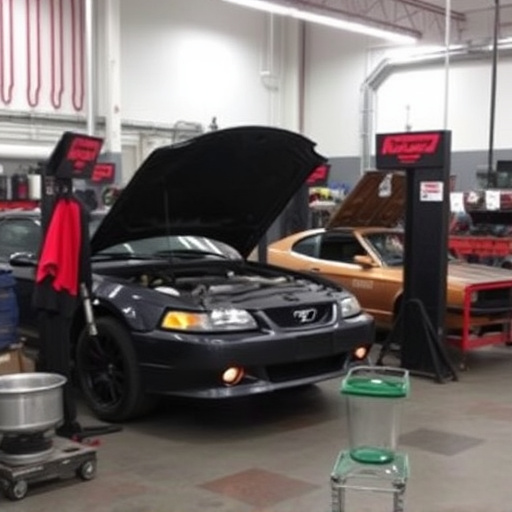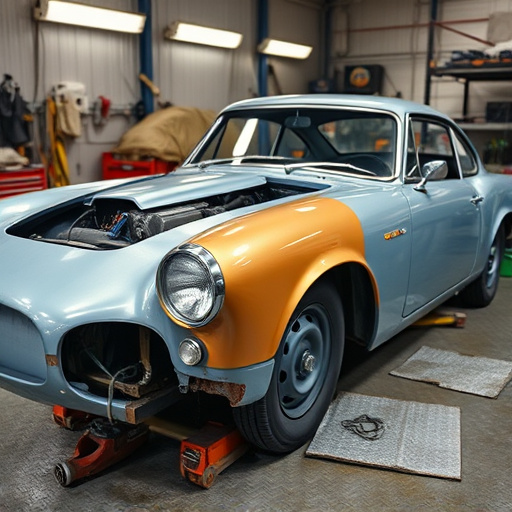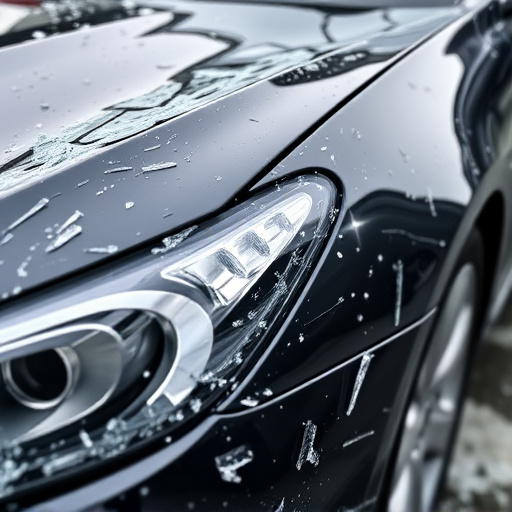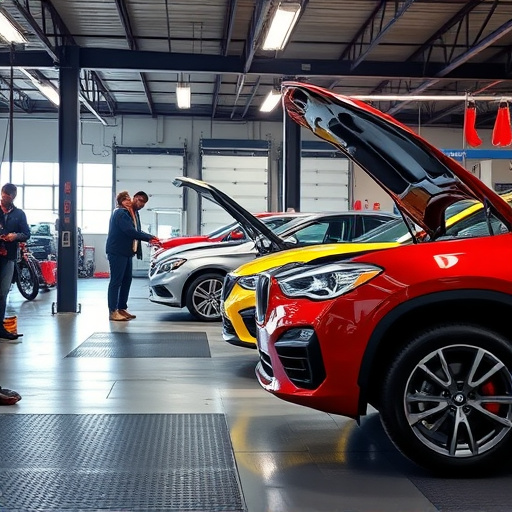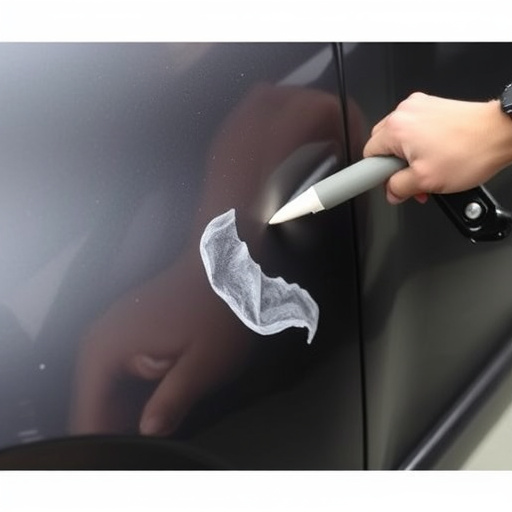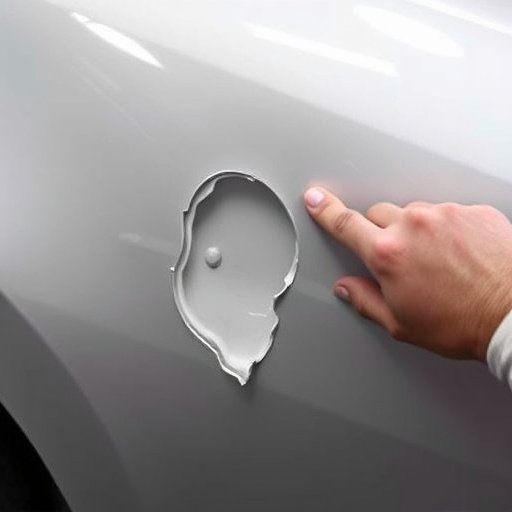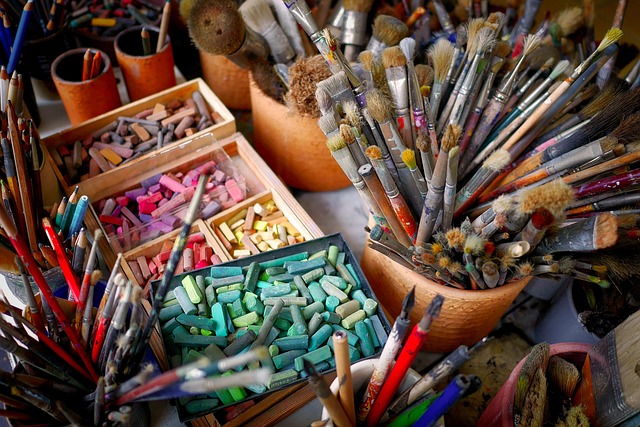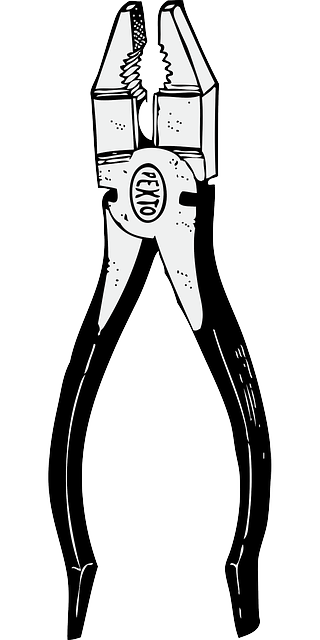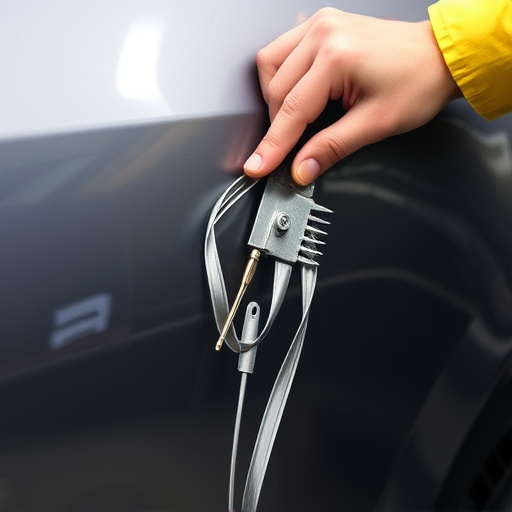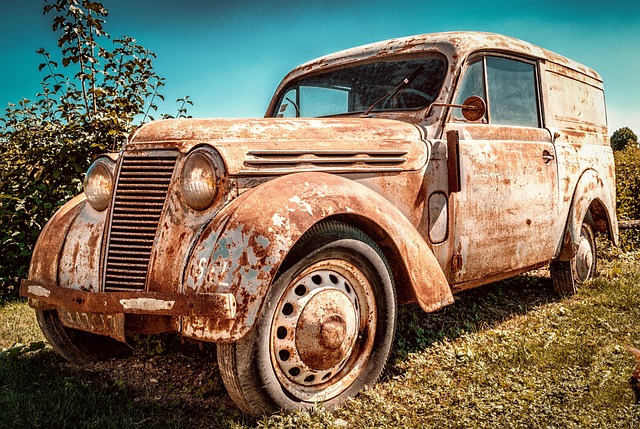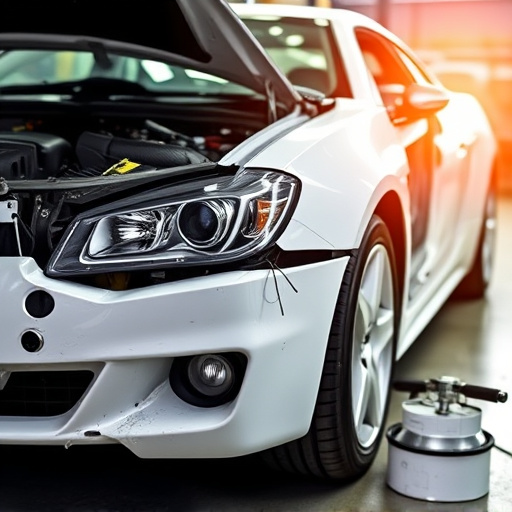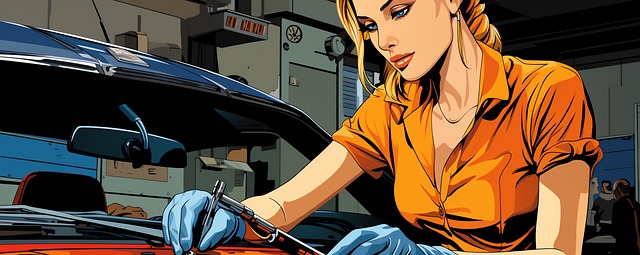Crash damage repair involves meticulous inspections before and after repairs to ensure safety and quality. Skilled technicians visually assess and use tools to detect hidden damage, meeting industry standards. Advanced diagnostic tools and lighting techniques are employed to test critical systems like brakes and steering. This comprehensive approach guarantees structurally sound vehicles and customer safety through every stage of the crash damage repair process.
In the realm of crash damage repair, ensuring post-repair safety is paramount. This article delves into the comprehensive strategies employed by leading repair shops to safeguard drivers and vehicles alike. From meticulous pre- and post-repair inspections, leveraging advanced technology like CAD and laser equipment, to stringent quality control procedures, these practices ensure structural integrity and mitigate future risks. Discover how crash damage repair shops are revolutionizing safety through innovative methods, fostering a robust and secure automotive landscape.
- Pre- and Post-Repair Inspections: A Comprehensive Safety Protocol
- – The role of thorough inspections in ensuring safety
- – Methods used for detailed visual and functional assessments
Pre- and Post-Repair Inspections: A Comprehensive Safety Protocol
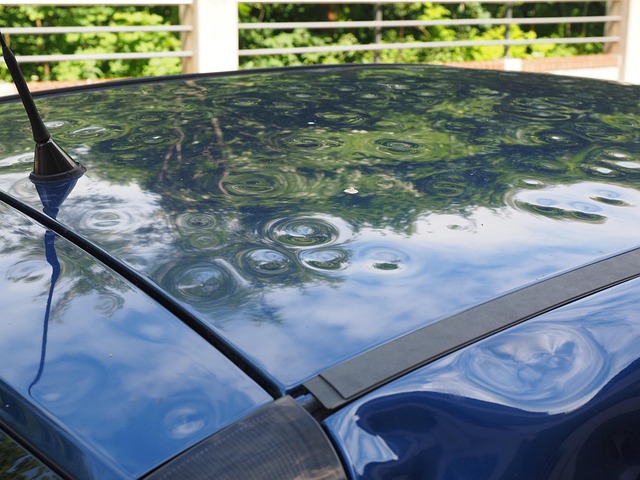
Before any work begins, crash damage repair shops conduct thorough pre-repair inspections to assess the extent of damage and ensure they have all necessary equipment and expertise. This meticulous process involves a detailed examination of the vehicle’s structure, including its frame, body panels, and mechanical components. By identifying potential risks or issues upfront, repair technicians can plan a safer and more effective repair strategy.
Post-repair, these shops don’t let their safety measures lag. They perform comprehensive inspections to verify that the vehicle is structurally sound and all repairs have been executed to industry standards. This second check ensures that the car collision repair was successful, and the vehicle is safe for the road. It’s a critical step in the process, especially when dealing with complex auto frame repairs, ensuring customers drive away with peace of mind.
– The role of thorough inspections in ensuring safety
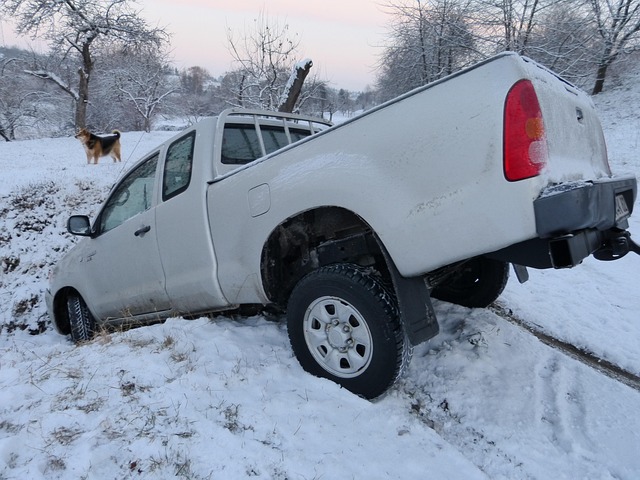
After a crash, thorough inspections are a cornerstone of any reputable crash damage repair shop’s process. Skilled technicians meticulously assess every inch of the vehicle, from exterior panels to internal components, to identify hidden damage that might not be immediately apparent. This meticulous approach ensures that repairs are comprehensive and safe, aligning with industry standards and regulatory requirements.
These inspections go beyond visual examinations, often involving specialized tools and diagnostic equipment to uncover issues like damaged frame integrity or faulty electrical systems. By prioritizing these in-depth evaluations, auto body shops uphold the safety of drivers and passengers, ensuring that their vehicles are not only aesthetically restored but also structurally sound and reliable on the road—a critical aspect of high-quality car repair services.
– Methods used for detailed visual and functional assessments
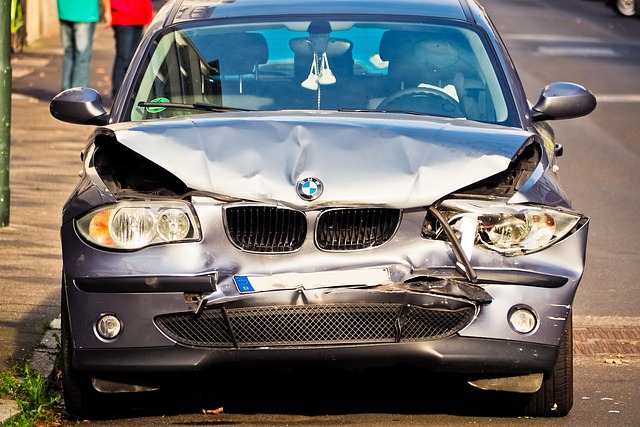
After a crash, determining the extent of damage is crucial for safe and effective repairs. Crash damage repair shops employ sophisticated methods for detailed visual and functional assessments. These include advanced diagnostic tools that scan for hidden damage beyond the visible surface, ensuring every component is accounted for. Experienced technicians meticulously inspect each panel, including fenders, doors, and body frames, to identify deformations, cracks, or structural weaknesses. Additionally, specialized lighting and magnification tools help uncover subtle imperfections that might go unnoticed to the untrained eye.
Functional assessments go beyond visual inspection. Shops perform rigorous tests on critical systems like brakes, steering, suspension, and lighting to guarantee they operate at peak performance after repairs are completed. This involves dynamic testing, such as road simulations, to ensure the car handles and performs safely on the road. By combining cutting-edge technology with skilled craftsmanship, car body shops mitigate risks and deliver high-quality crash damage repair, prioritizing customer safety every step of the way.
Crash damage repair shops employ rigorous pre- and post-repair inspection protocols as a fundamental safety measure. These comprehensive assessments ensure that all structural, cosmetic, and functional aspects of the vehicle are restored to optimal conditions. By combining detailed visual examinations with meticulous functional tests, these inspections verify the safety and reliability of repaired vehicles, providing peace of mind for drivers and ensuring they return to the road confidently.
